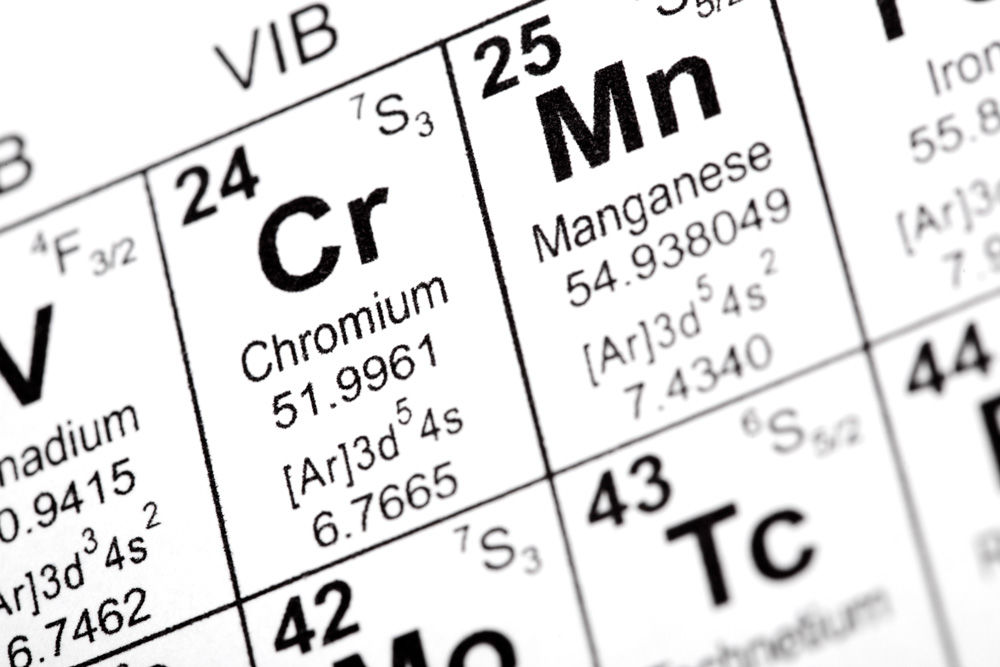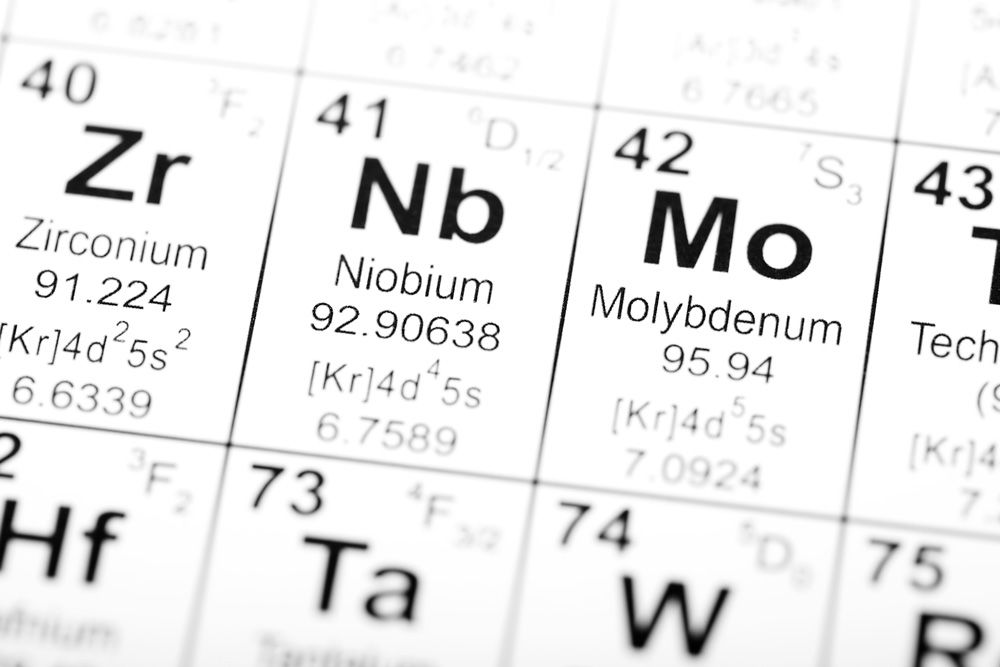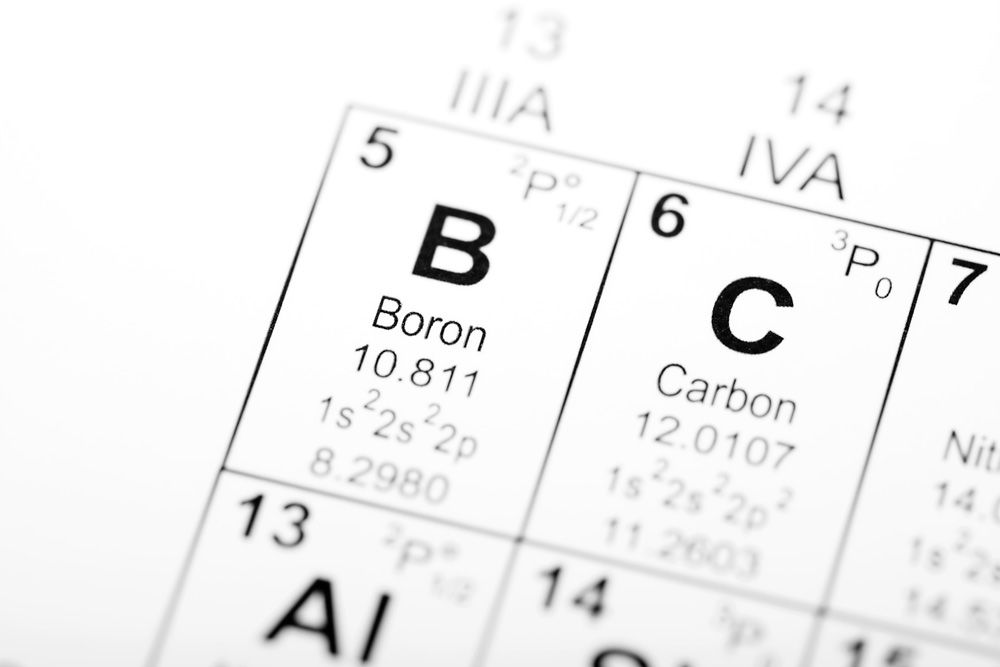
Function in plants:
Deficiency symptoms (similar to that of Manganese and Iron):
Common occurrence:
| Application | *Recommended Wilchem product |
| In-furrow | Zinc Sulfate or Prima Trace |
| Foliar | Signature or Sentinel Zinc |
| Fertigation | Zinc Sulfate |
*Note: Conditions may vary. Please confirm with your agronomist after soil and tissue testing has been done.

Function in plants:
Deficiency symptoms (similar to that of Zinc, Magnesium and Iron):
Common occurrence:
| Application | *Recommended Wilchem product |
| In-furrow | Manganese Sulfate or Prima Trace |
| Foliar | Signature Manganese or Sentinel Manganese |
| Fertigation | Manganese Sulfate |
*Note: Conditions may vary. Please confirm with your agronomist after soil and tissue testing has been done.

Function in plants:
Deficiency symptoms:
Common occurrence:
| Application | *Recommended Wilchem product |
| In-furrow | Copper Sulfate |
| Foliar | Signature Copper or Sentinel Copper |
| Fertigation | Copper Sulfate |
*Note: Conditions may vary. Please confirm with your agronomist after soil and tissue testing has been done.

Function in plants:
Deficiency symptoms (similar to that of Manganese and Zinc):
Common occurrence:
| Application | *Recommended Wilchem product |
| In-furrow | Signature Iron |
| Foliar | Signature Iron |
| Fertigation | Signature Iron |
*Note: Conditions may vary. Please confirm with your agronomist after soil and tissue testing has been done.

Function in plants:
Deficiency symptoms:
Common occurrence:
| Application | *Recommended Wilchem product |
| In-furrow | Signature Molybdenum |
| Foliar | Signature Molybdenum |
| Fertigation | Signature Molybdenum |
*Note: Conditions may vary. Please confirm with your agronomist after soil and tissue testing has been done.

Function in plants:
Deficiency symptoms:
Common occurrence:
| Application | *Recommended Wilchem product |
| In-furrow | Signature Boron |
| Foliar | Signature Boron |
| Fertigation | Signature Boron |
*Note: Conditions may vary. Please confirm with your agronomist after soil and tissue testing has been done.
